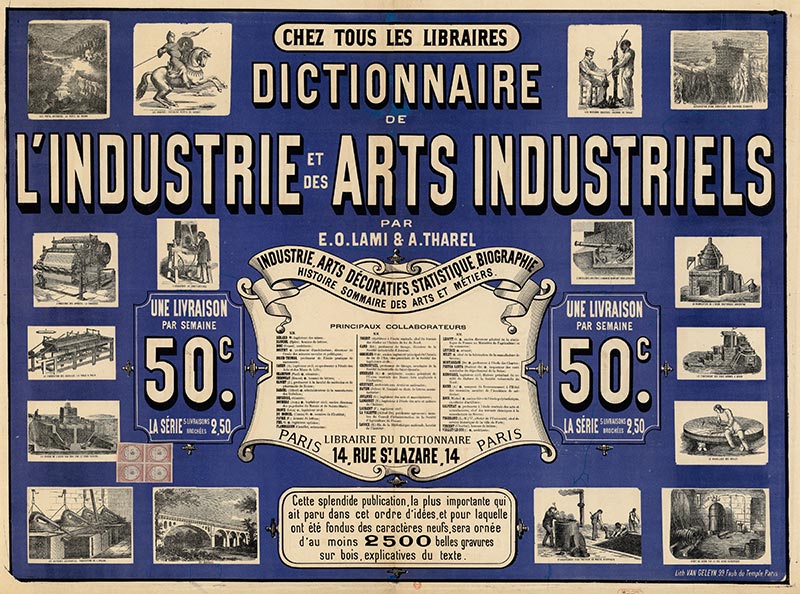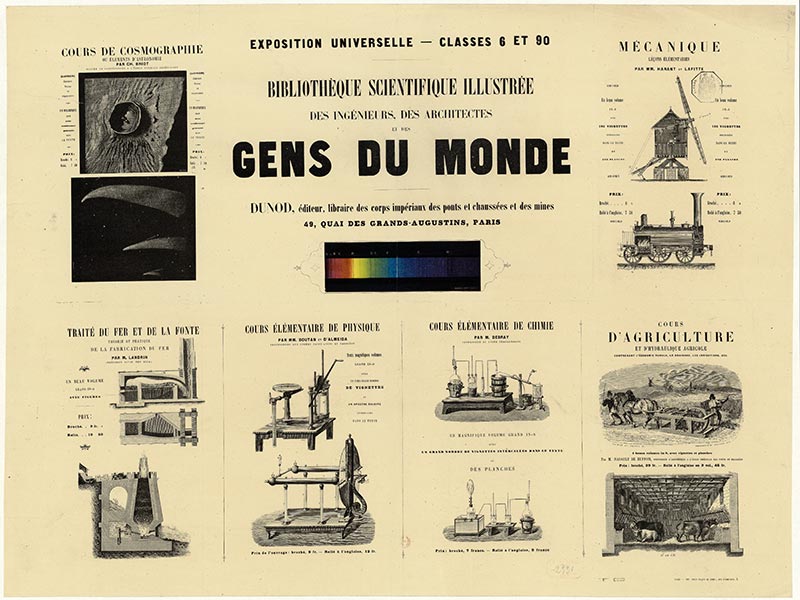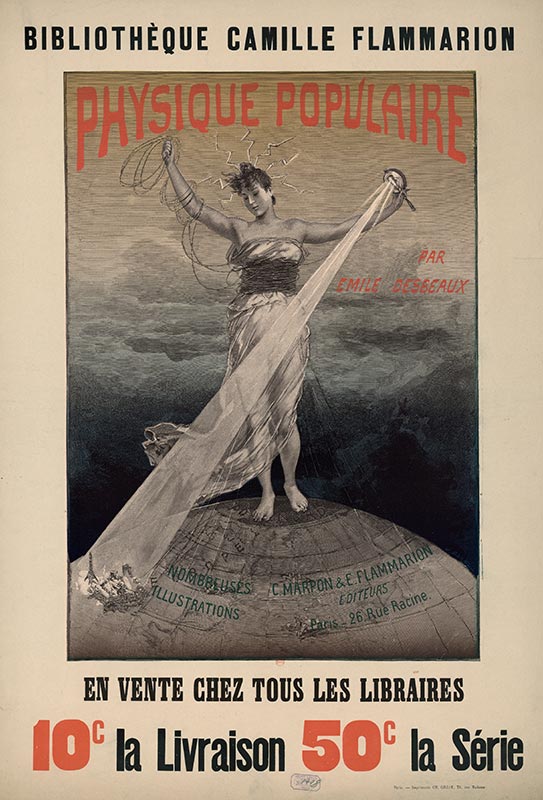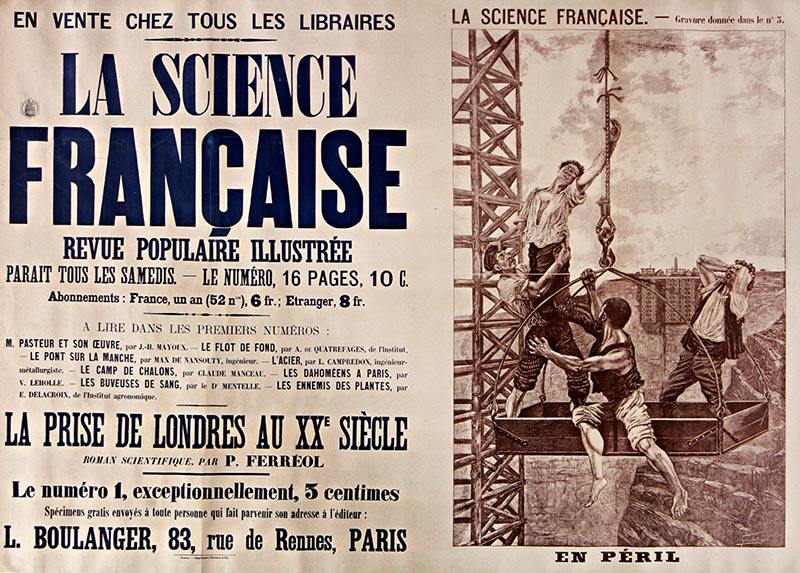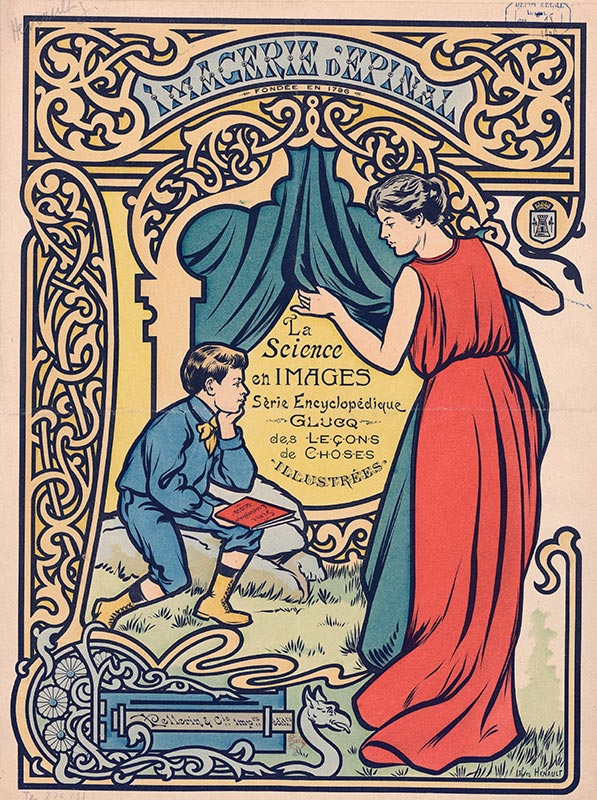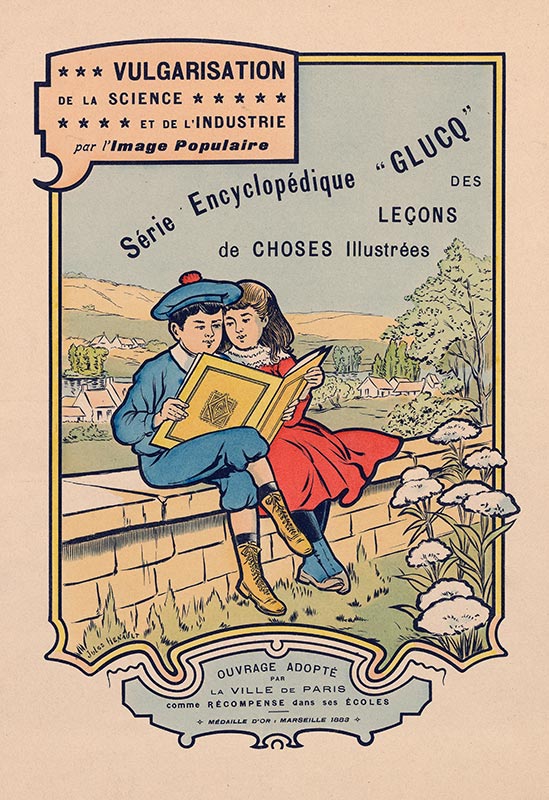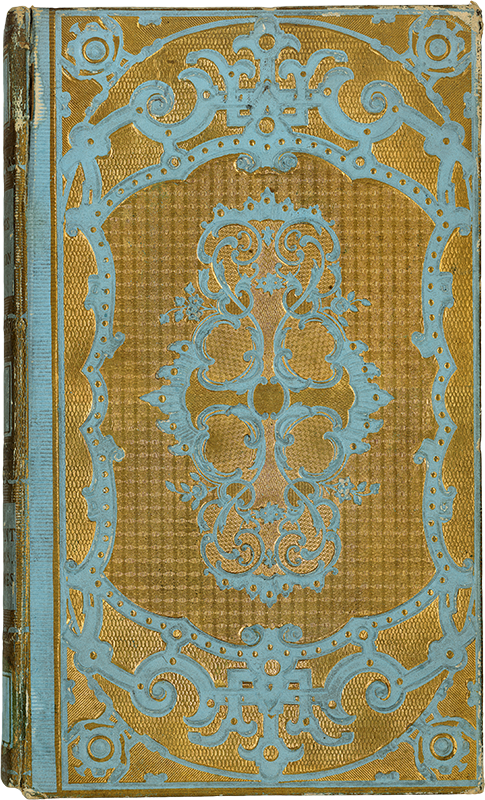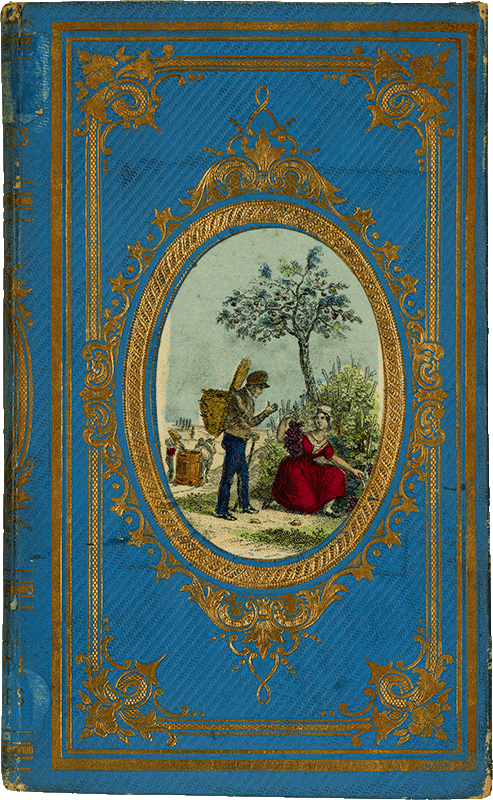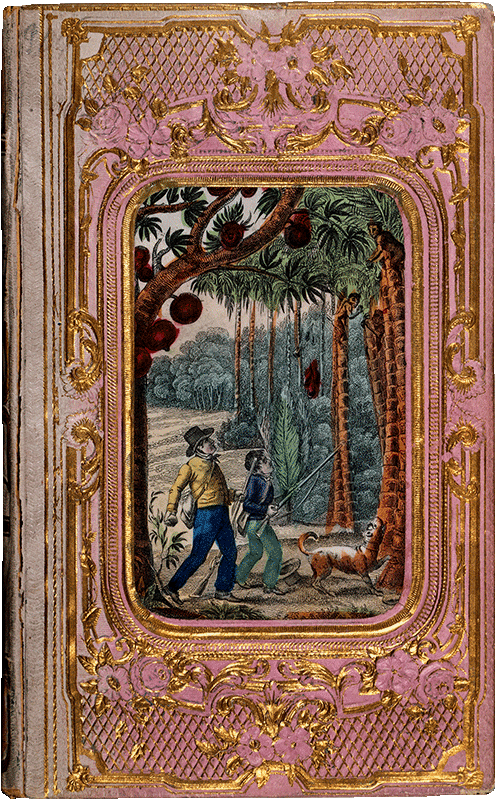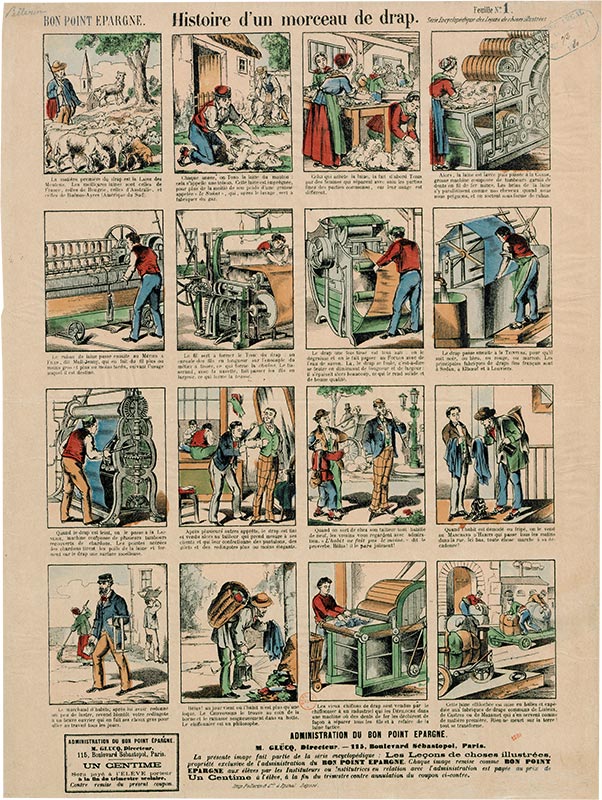Words and Images
“We will give [in La science illustrée] precise notions about all things; useful and pleasant indications to meditate upon and enjoy. What’s more, to please the eyes as well as the brain, we will employ […] illustration far more than any analogous publication has ever done before.”
Bitard, Adolphe, La science illustrée (Illustrated Science), 1887, Issue I, “To Our Reader”
Popular science depended essentially on books and magazines, which were the main vector for knowledge in the 19th century.
The books could come in any shape or size: cheap paperbacks or luxurious leather-bound volumes, plain text or lavishly illustrated volumes, educational or entertaining, for children or adults.
Publishing houses, for whom these books became a significant source of revenue, came up with new editorial and marketing techniques, like mail-order sales. The book L’Atmosphère (The Atmosphere), published by Flammarion, for instance, was sold by mail order for 50 centimes.
Dictionaries and encyclopedias flourished. Reference books were also intended for non-specialist readership.
Collections with very resonant titles abounded (Bibliothèque des sciences contemporaines (Library of Contemporary Sciences), Bibliothèque scientifique illustrée (Illustrated Scientific Library),
and were sometimes burnished with famous names, like the Bibliothèque Camille-Flammarion (Camille-Flammarion Library), a prestige collection.
But the press also got a piece of the pie. Several popular-science magazines, like Cosmos (Cosmos, 1852),
La science pittoresque (Picturesque Science, 1860) and La Nature (Nature, 1873) were launched around that time. Their many illustrations and the fact that they were aimed at the general public were their main selling points.
Covers of La Science en images: Série encyclopédique Glucq des leçons de choses illustrées(Science through Pictures: The Glucq Encyclopedic Series of Illustrated Practical Lessons),Jules Hénault, 1906.
Covers of La Science en images: Série encyclopédique Glucq des leçons de choses illustrées
(Science through Pictures: The Glucq Encyclopedic Series of Illustrated Practical Lessons),
Jules Hénault, 1906.
Machine-made binding for Voyage d’Agnès Merton, ou la Petite naturaliste (Agnès Merton’s Journey: or The Young Naturalist) by Mrs. Trembicka, 1852.
Machine-made binding for Matinées instructives et amusantes (Entertaining and Educational Mornings) by Mrs. Trembicka, 1863.
Machine-made binding for the Cabinet du jeune naturaliste (The Young Naturalist’s Cabinet) by P.-Ch. Joubert, [1855].
Illustration was in fact a major asset for popular-science magazines for children and adults alike. Publishers’ aesthetic concerns can be seen in the choice of colorful illustrations gracing book covers as well.
Advertising was used to attract readers, too. It was generally in the shape of colorful posters by artists like Jules Chéret, a pioneer in the field.

